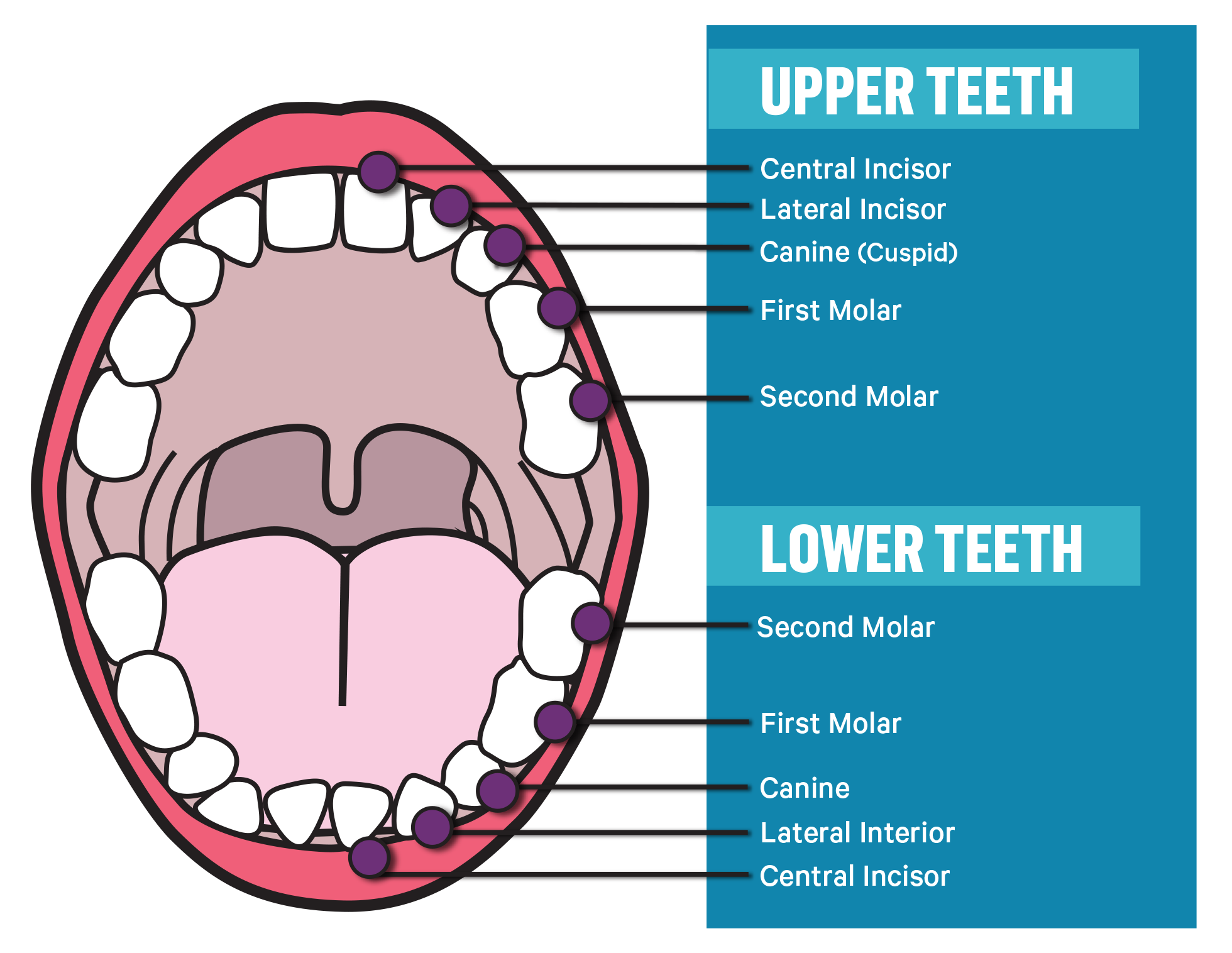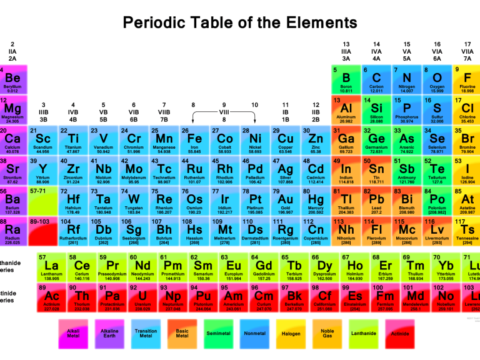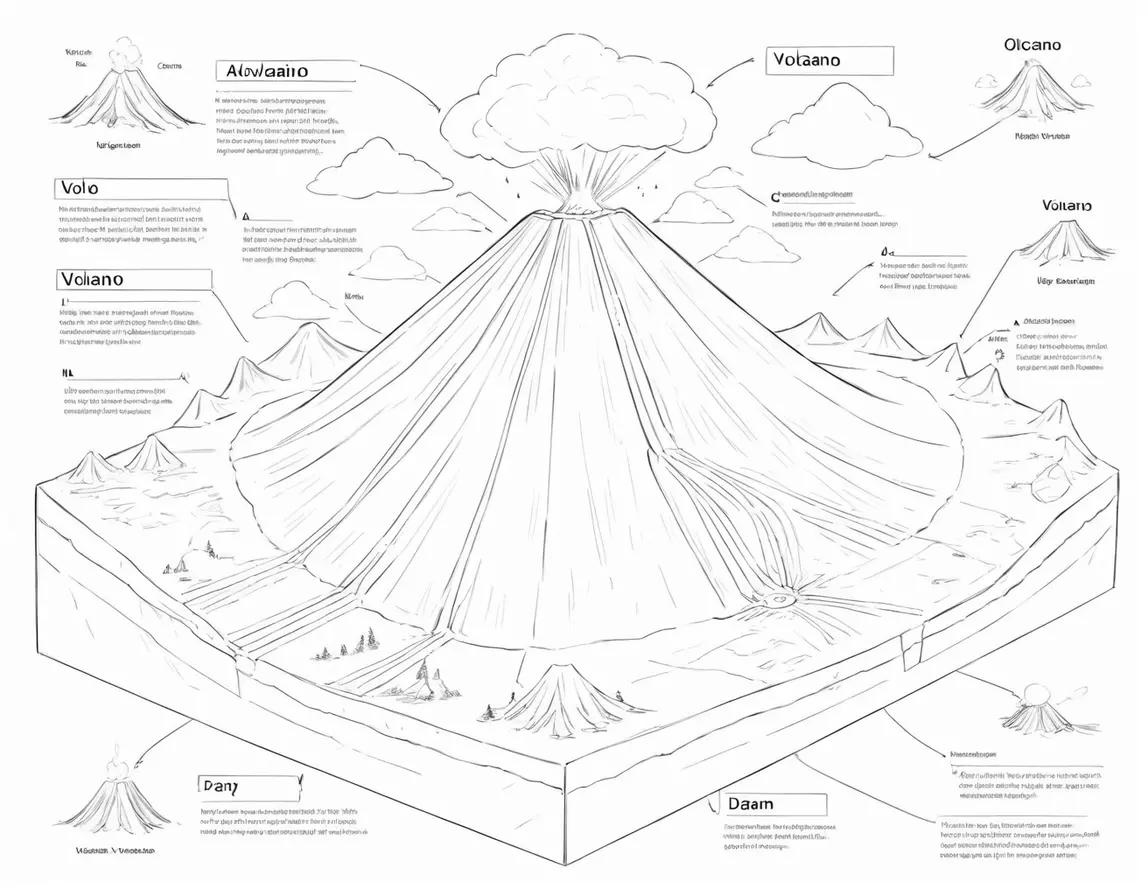
Teeth, the remarkable structures embedded in the jaws of vertebrates, are more than mere tools for chewing. This exploration delves into the intricate anatomy, diverse functions, and essential roles that teeth play in the realms of biology, physiology, and overall human health. From their developmental origins to the significance of oral hygiene, understanding the complexities of teeth is key to appreciating their vital roles in the living organisms that possess them.
Anatomy of Teeth:
Types of Teeth: Humans typically have four types of teeth, each designed for specific functions. Incisors at the front are adapted for cutting, canines for tearing, premolars for grinding, and molars for crushing and grinding. This diversity allows for efficient food processing.
Tooth Structure: A tooth consists of multiple layers. The outermost layer, enamel, is the hardest substance in the human body and protects the underlying dentin. The pulp, containing nerves and blood vessels, occupies the tooth’s central cavity, connecting to the roots anchored in the jawbone.
Tooth Development:
Embryonic Development: Teeth have fascinating developmental origins. They begin as tooth buds in the embryonic stage, forming from the oral epithelium. The complex interactions between oral epithelium and underlying mesenchyme orchestrate the precise development of each type of tooth.
Eruption and Growth: Teeth erupt at specific stages of life, and their growth is a dynamic process. The eruption is controlled by a combination of genetic factors, hormonal influences, and the gradual breakdown of tissues covering the developing tooth.
Functions of Teeth:
Mastication and Digestion: The primary function of teeth is mastication, the mechanical breakdown of food into smaller, digestible particles. This process initiates the digestive cascade, facilitating efficient nutrient absorption in the digestive tract.
Articulation and Speech: The alignment of teeth contributes to clear articulation in speech. Certain sounds and pronunciations are made possible by the coordinated movements and positions of the tongue, lips, and teeth.
Oral Health:
Importance of Oral Hygiene: Maintaining optimal oral hygiene is crucial for preventing dental issues. Regular brushing, flossing, and dental check-ups help prevent tooth decay, gum disease, and other oral health problems.
Common Dental Issues: Dental caries, commonly known as cavities, result from the demineralization of enamel by acids produced by bacteria. Periodontal diseases affect the supporting structures of teeth, leading to gum inflammation and potential tooth loss.
Tooth Replacement and Regeneration:
Tooth Regeneration in Animals: While humans have a limited capacity for tooth regeneration, some animals, such as sharks and reptiles, continuously replace their teeth throughout their lives. This process involves the sequential replacement of old teeth with new ones.
Advances in Regenerative Dentistry: Scientific advancements are exploring the possibility of regenerating human teeth. Research on stem cells and tissue engineering holds promise for regenerative dentistry, aiming to restore damaged or lost teeth through natural growth processes.
Cultural and Symbolic Significance:
Cultural Practices: Teeth hold cultural significance across various societies. Practices like tooth filing, decoration, and modification have been historically prevalent in different cultures, often reflecting social status, rites of passage, or aesthetic ideals.
Symbolism: Symbolically, teeth can represent strength, vitality, and even social and psychological aspects. Myths, folklore, and cultural narratives often incorporate symbolism related to teeth, highlighting their significance beyond their biological roles.
Dental Care and Professions:
Dentistry as a Profession: Dentistry, as a medical profession, focuses on the diagnosis, prevention, and treatment of oral diseases and conditions. Dentists, dental hygienists, and oral surgeons play crucial roles in maintaining and restoring oral health.
Technological Advancements: Dental care has benefitted from technological advancements. From digital imaging and diagnostics to laser treatments and advanced prosthetics, technology has enhanced the precision and effectiveness of dental procedures.
Tooth Conservation and Preservation:
Dental Conservation Strategies: Various strategies aim to conserve natural teeth. Endodontic treatments, such as root canal therapy, can save a tooth by removing infected or damaged pulp. Conservative restorative procedures, like dental fillings, help repair and preserve teeth.
Prosthetic Solutions: In cases where natural teeth cannot be preserved, prosthetic solutions, including dental implants, bridges, and dentures, offer functional and aesthetic replacements. These options contribute to maintaining oral health and overall well-being.
The study of teeth unveils a fascinating intersection of biology, anatomy, and cultural significance. From their embryonic origins to their diverse functions in mastication, speech, and symbolism, teeth represent a marvel of evolutionary adaptation.
The pursuit of optimal oral health through proper hygiene, preventive care, and technological innovations underscores the importance of teeth in maintaining overall well-being.
As we navigate advancements in regenerative dentistry and continue to appreciate the cultural and symbolic dimensions of teeth, their significance extends beyond their physical presence, shaping our understanding of health, identity, and cultural diversity.



















